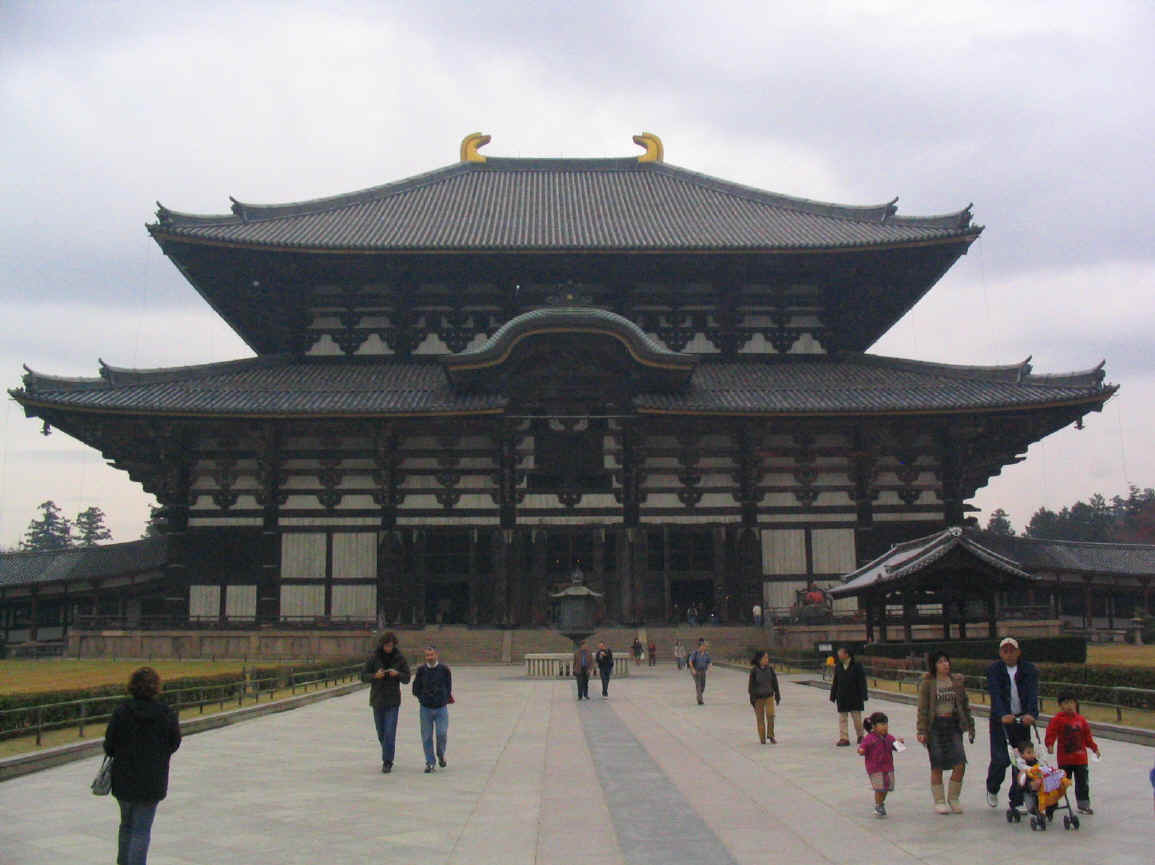|
|
|
NARA
Japan's first permanent capital was established in the year 710 at Heijo, the city now known as Nara. As the influence and political ambitions of the city's powerful Buddhist monasteries grew to become a serious threat to the government, the capital was moved to Nagaoka in 784.
Nara is located in the Kinai plain, less than one hour from Kyoto and Osaka. Due to its past as the first permanent capital, it remains full of historic treasures, including some of Japan's oldest Buddhist temples.





Todaiji was constructed in 752 as the head temple of all provincial of Japan and grew so powerful that the capital was moved to Nagaoka in 784 in order to lower its influence on government affairs.




Not only is Todaiji housing Japan's largest Buddha statue (Daibutsu), but it is also the world's largest wooden building, even though the present reconstruction of 1692 is only two thirds of the original temple's size.



The temple was established in Nara at the same time as the capital in 710. At the height of Fujiwara power, the temple consisted of over 150 buildings.
Today, a couple of buildings of great historic value including a three and a five storied pagoda remain. The five storied pagoda is one of Japan's tallest and the symbol of Nara.



The park is home to hundreds of freely roaming deer. Considered messengers of the gods in Shinto, Nara's deer have become a symbol of the city and have even been designated a National Treasure.
